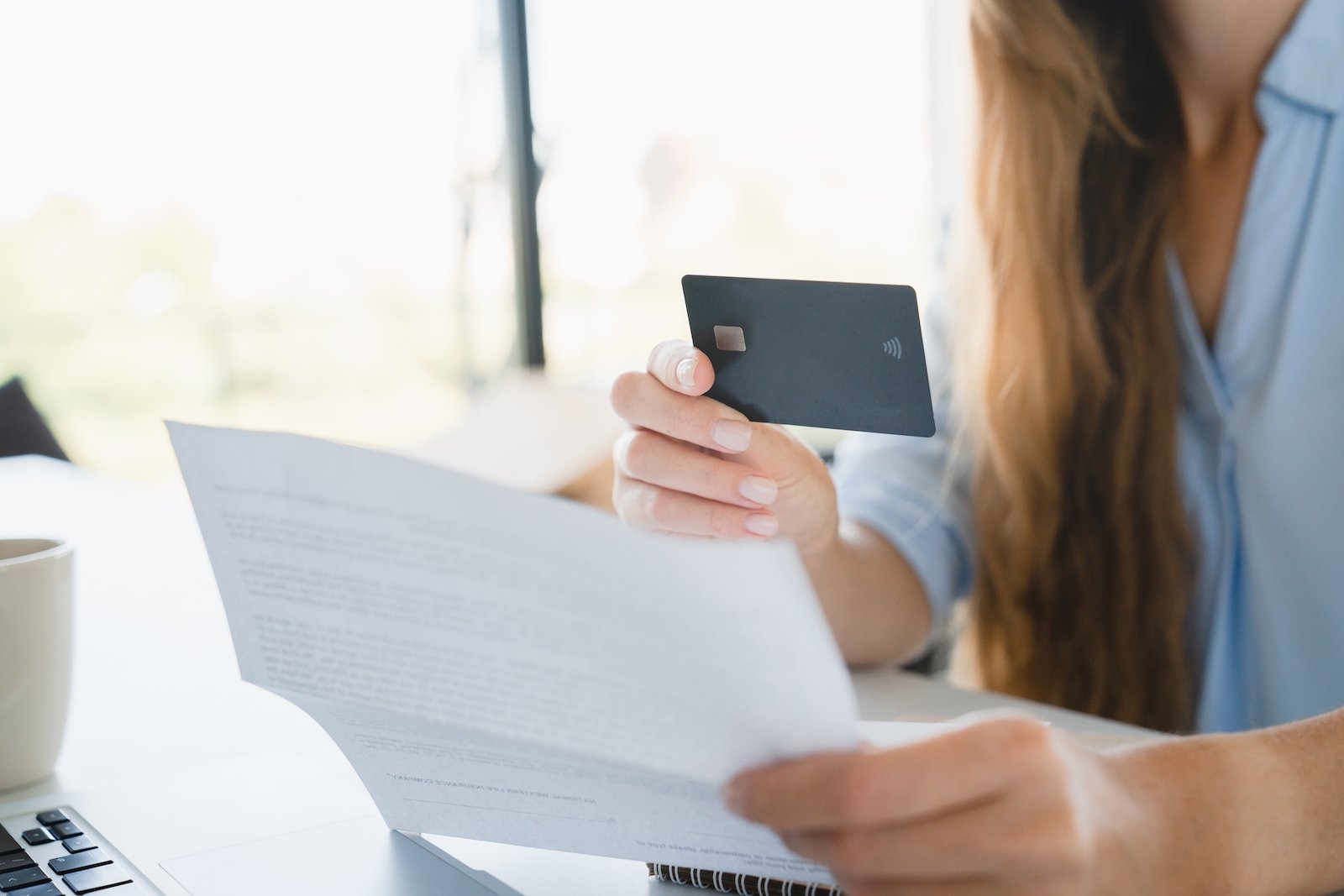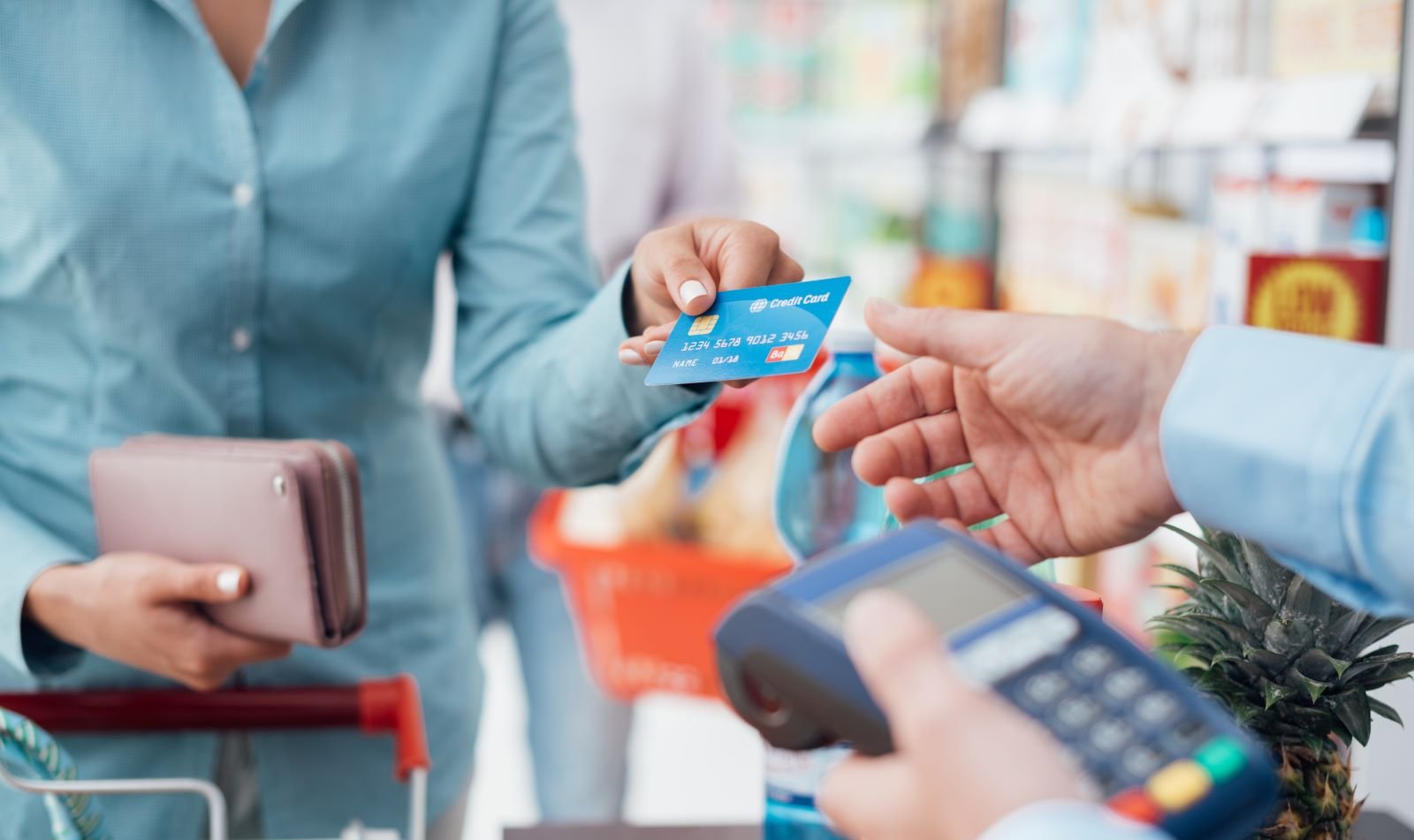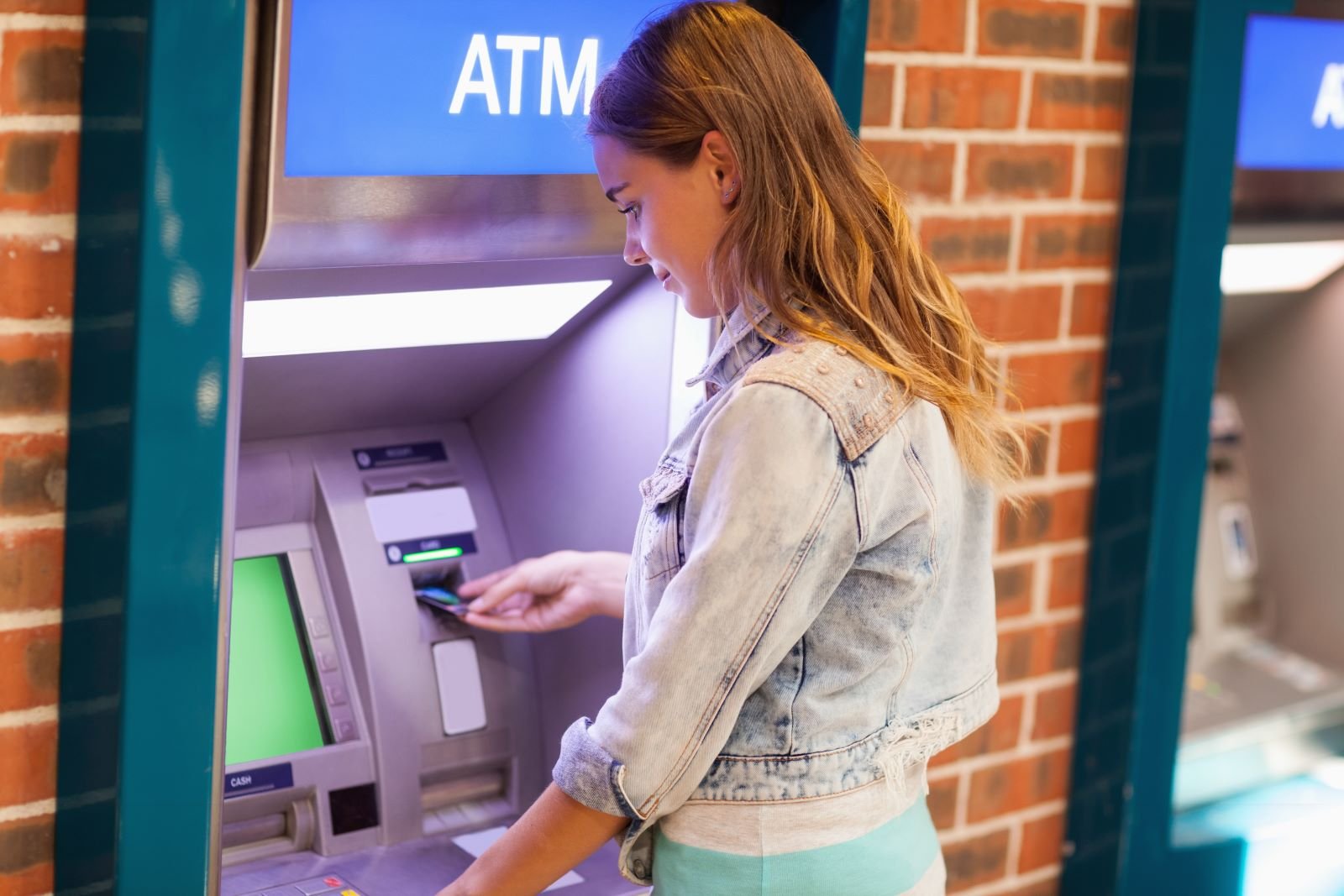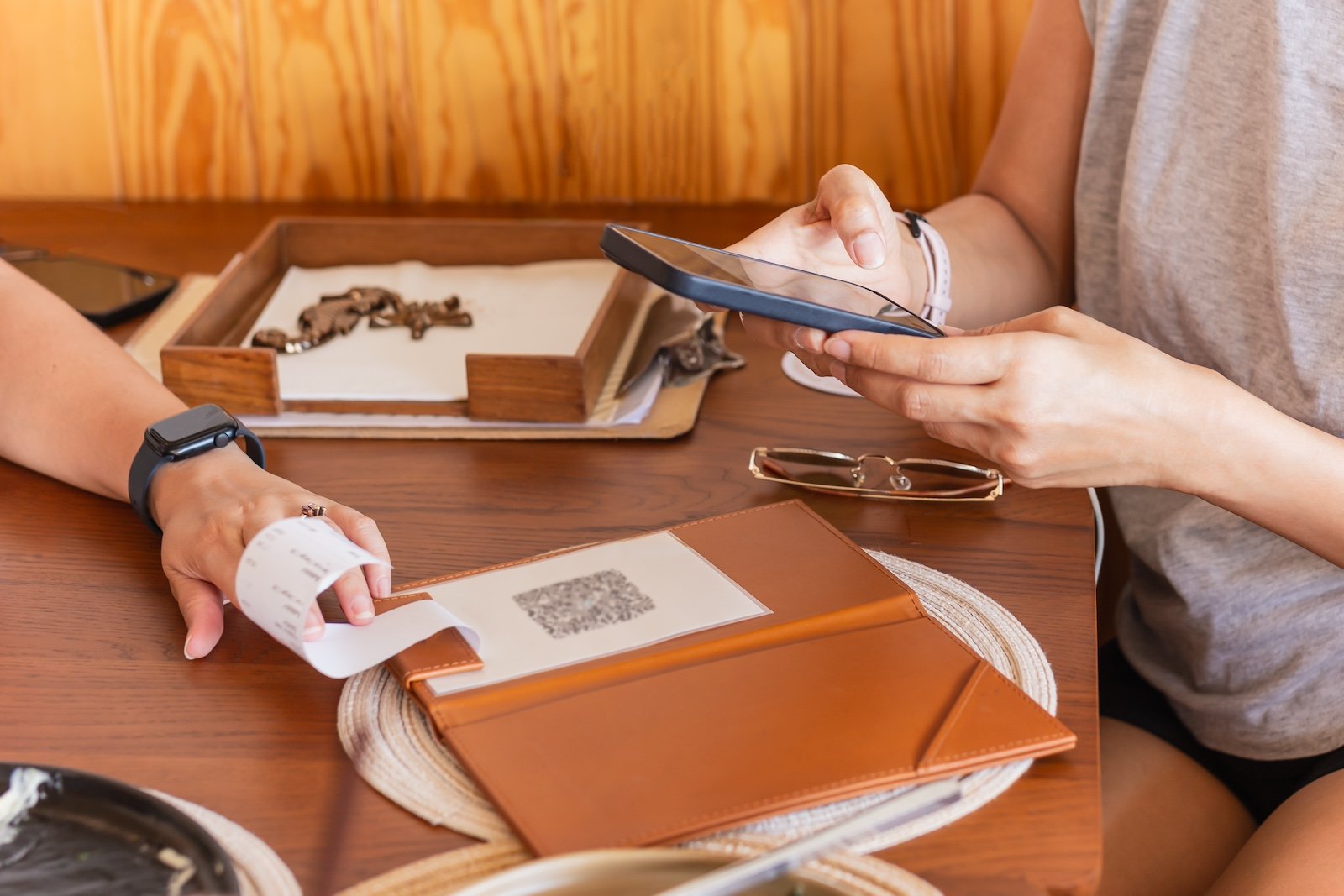Card skimmers are devices that criminals use to capture your credit or debit card details, and their use is on the rise. In 2023, compromised debit cards due to skimming activity increased by 96% from the previous year, affecting over 315,000 cards. They can be hard to spot, but with such alarming stats, knowing how to spot these devices is more important than ever.
Here, we’ll share simple tips to help you identify card skimmers. Join us to know how you can identify these sneaky devices before they catch you off guard.
Inspect and Test the Card Reader

One of the simplest ways to spot a card skimmer is by carefully examining and testing the card reader. Start by inspecting the reader for any signs of tampering, such as loose parts, mismatched colors, or unusual protrusions. If everything looks fine, gently wiggle the reader to see if it moves or feels loose. A loose reader could mean a skimmer is attached. This is especially important as bank ATM compromises jumped from 20% of cases in 2022 to 35% in 2023, a 90% increase in just one year. Pay special attention to ATMs, gas pumps, and self-checkout machines, as these are common targets for skimmers.
Check for Tamper-Evident Seals

Many card readers, particularly at gas stations, come with tamper-evident seals. These seals, often made of a special material that breaks or leaves a ‘void’ mark when removed, are placed across access points on the machine and should be intact. If you notice a broken or missing seal, it may indicate that the machine has been tampered with, and a skimmer might be present. In such cases, it’s best to avoid using the machine and report it to the authorities.
Be Cautious of Bluetooth Signals

Some modern skimmers use Bluetooth technology to transmit stolen card data to nearby devices. If you’re tech-savvy, consider using your smartphone to scan for Bluetooth signals when you’re near an ATM or gas pump. If you detect an unfamiliar or suspicious Bluetooth device, it could be a sign that a skimmer is nearby.
Cover the Keypad When Entering Your PIN

When entering your PIN, always cover the keypad with your hand to block any hidden cameras from capturing your keystrokes. Criminals often place small, disguised cameras near ATMs or point-of-sale terminals to steal PINs. These cameras can be hidden in brochure holders, speakers, or other attachments near the machine.
Out of 128 million card fraud cases in the last two years, more than 90% were done without access to a physical card. By covering the keypad, you add an extra layer of security to your card. Additionally, take a moment to scan the area around the keypad for any unusual objects that might conceal a camera.
Prefer Chip Over Magnetic Stripe Transactions

EMV chip cards offer better security compared to magnetic stripe cards because they generate a unique transaction code that cannot be reused. Skimmers are more effective at capturing data from magnetic stripes, so whenever possible, use the chip rather than swiping the stripe. However, be aware of ‘shimmers,’ which are thin, card-sized devices that can be inserted into a chip reader and capture data from your card’s chip. Although they are less common, they still pose a risk.
Monitor Your Bank Statements Regularly

Even with all precautions, it’s essential to monitor your bank statements and transaction history regularly. Look for any unauthorized transactions, no matter how small. Small transactions could be a test scammers try before making larger purchases. Setting up alerts for any activity on your account can help you catch fraudulent transactions early.
Avoid Using ATMs in Unsecured Locations

Skimmers are more likely to be placed on ATMs in remote or less-secured locations, such as outdoor or freestanding ATMs. Whenever possible, use ATMs located inside banks or well-lit, heavily trafficked areas. These locations are less likely to be targeted by criminals, as they are more challenging to tamper with without being noticed. The top five states for skimming activities have all seen a 50% rise in compromised credit/ debit card transactions.
Look for Unusual Behavior from the Machine

If the card reader or ATM behaves unusually, such as requiring multiple attempts to read your card or displaying error messages, it could be a sign that something is wrong. Skimmers may interfere with the normal operation of the machine, so if you encounter any issues, consider using a different machine and report the problem.
Pay Inside Instead of at the Pump

When filling up your car, paying inside the store instead of at the pump can reduce the risk of encountering a skimmer. Gas pumps are a common target for skimmers, and those located outside are easier for criminals to tamper with. Paying directly with a store clerk and using terminals within the store provides added security.
Report Suspicious Activity Immediately

If you suspect that a card reader has been tampered with or notice any signs of a skimmer, do not use the machine and report it immediately. In 2024, 60% of American cardholders reported to have noticed suspicious transactions on their accounts at least once. Notify the business owner, local authorities, or the card issuer. Taking quick action can help prevent others from falling victim and potentially lead to the skimmer being removed before more damage is done.
Prefer Bank ATMs Over Non-Bank ATMs

Use ATMs inside or directly outside a bank branch whenever possible rather than those in remote or less-secured locations. Bank ATMs are generally more secure, as they are regularly monitored and maintained, making them less likely to be targeted by criminals. In contrast, Non-ATMs, especially at at convenience stores, gas stations, or standalone locations are easier for criminals to tamper with and place skimmers on. Using bank ATMs can significantly reduce your risk of encountering a card skimmer and keep your financial information safer.
Use Contactless Payment Methods

With the number of skimming cases rising from 1100 in 2022 to 1600 in 2023, contactless payment methods, such as tapping your card or using mobile wallets like Apple Pay or Google Pay, have become popular. These methods are generally safer than swiping or inserting your card, and they reduce the risk of card skimming as they don’t require your card to be physically inserted into a reader. Whenever possible, opt for contactless payments to minimize the risk of skimming.


